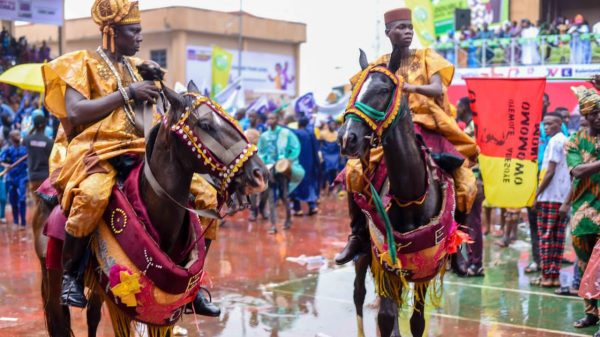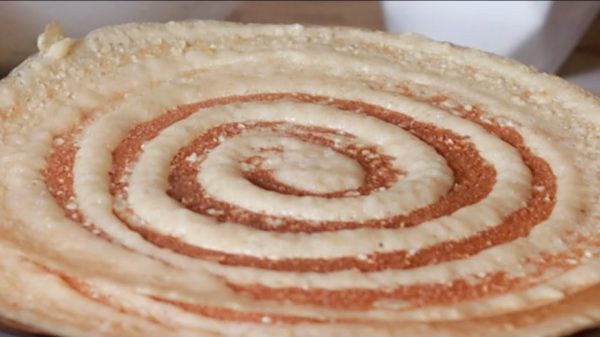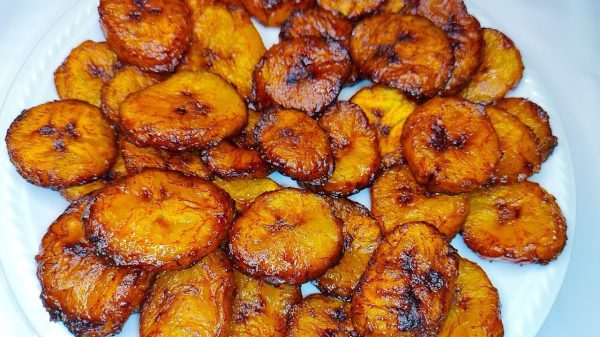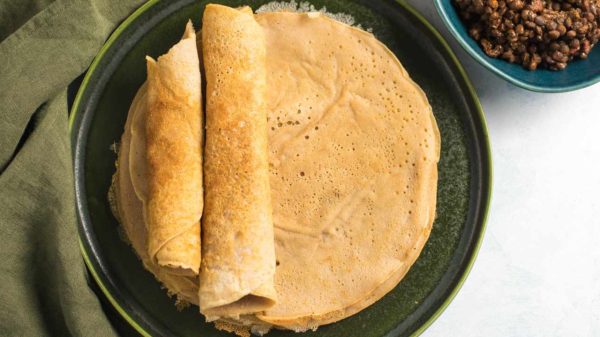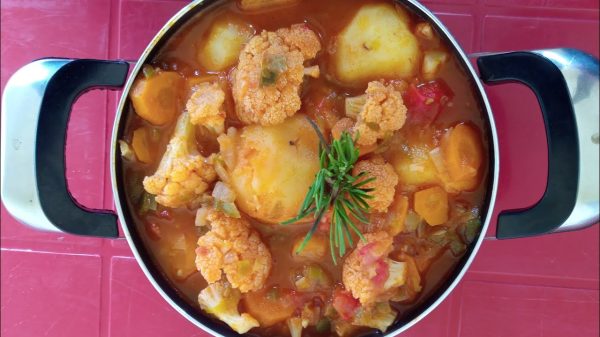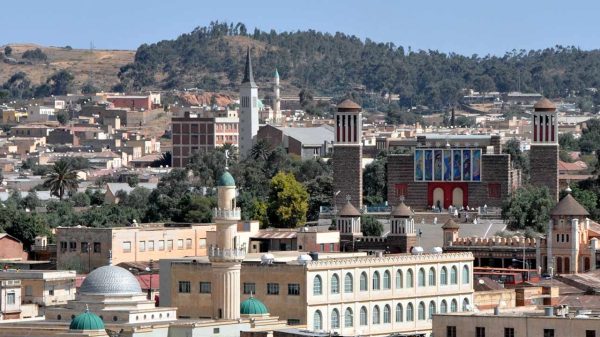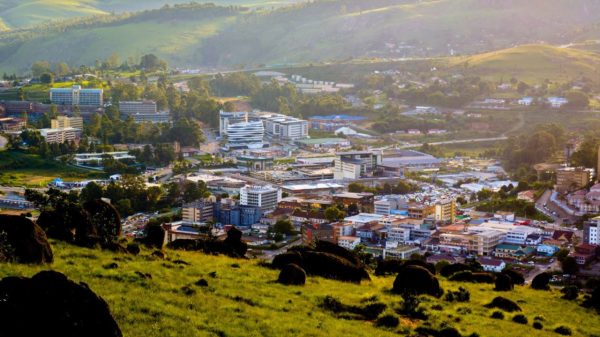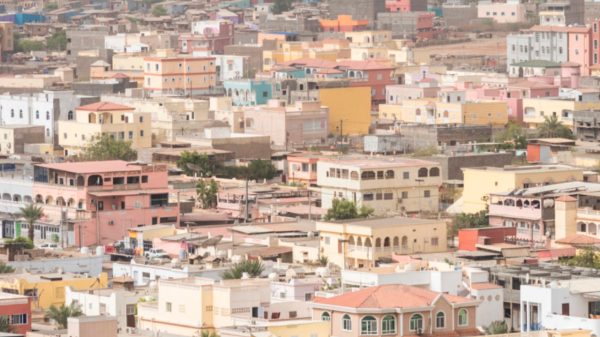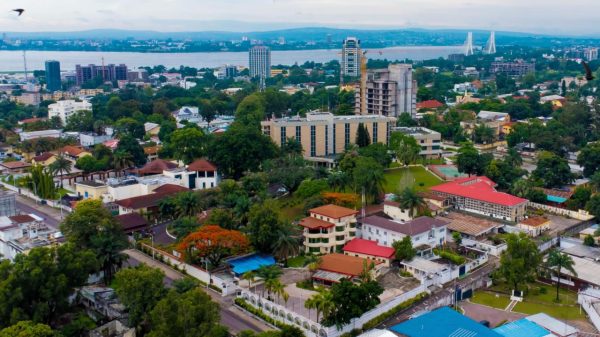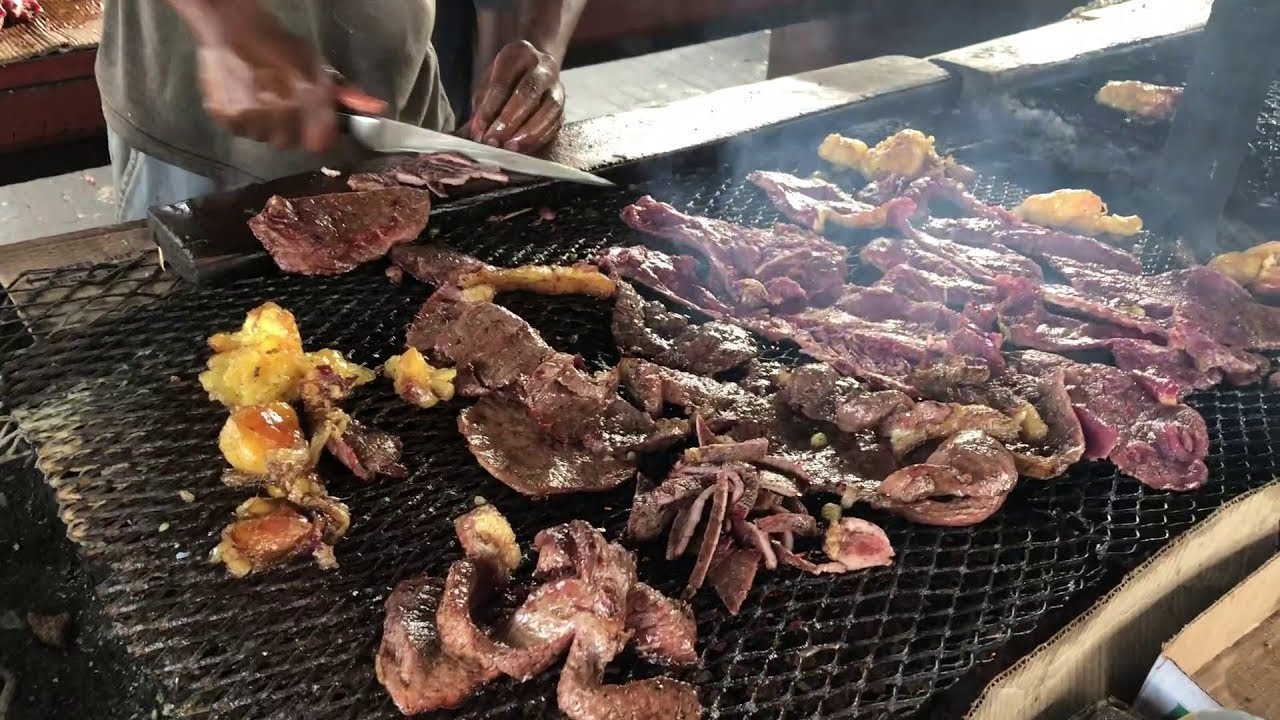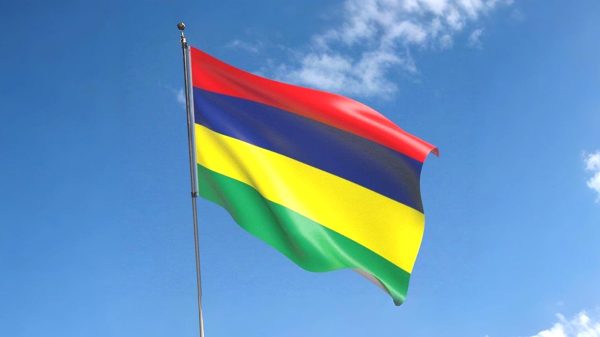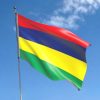Namibia, a land of stark beauty and diverse cultures, offers a culinary landscape as captivating as its scenery.
From the hearty game meats reflecting its wildlife to the German-influenced pastries and the indigenous flavors passed down through generations, Namibian cuisine is a delightful fusion. Imagine savoring succulent oryx steaks grilled to perfection, indulging in sweet Melktert, or experiencing the unique taste of Oshifima with Oshiwambo spinach. This blend of traditions and locally sourced ingredients creates a truly distinctive and delicious food scene waiting to be explored.
Let’s embark on a flavorful journey through ten must-try Namibian meals that will tantalize your taste buds and offer a genuine taste of this fascinating country.
1. Kapana
Kapana is Namibia’s quintessential street food, especially popular in urban areas like Windhoek and Katutura. It consists of freshly grilled beef strips, seasoned with a blend of spices, and cooked over open flames. Vendors often serve it with a side of chili sauce and a tomato-onion salsa, allowing customers to customize the heat to their preference. The communal aspect of eating Kapana—gathering around the grill, sharing stories, and enjoying the smoky aroma—makes it more than just a meal; it’s a social experience that embodies the spirit of Namibian street culture.
2. Potjiekos
Potjiekos, meaning “small pot food” in Afrikaans, is a traditional stew cooked slowly in a cast-iron pot over an open fire. The dish typically includes layers of meat (such as beef, chicken, or game), vegetables like carrots and potatoes, and a variety of spices. What sets Potjiekos apart is the method of cooking without stirring, allowing each layer to retain its distinct flavor while blending harmoniously. Often prepared during social gatherings, Potjiekos is not just about the food but also about the communal experience of cooking and sharing a hearty meal together.
3. Oshifima (Mahangu Porridge)
Oshifima is a staple food among the Oshiwambo people in northern Namibia. Made from mahangu (pearl millet) flour, this thick porridge is prepared by gradually adding the flour to boiling water and stirring until it reaches a firm consistency. Oshifima is typically served with a variety of accompaniments, such as meat stews, vegetables, or mopane worms. Its neutral flavor makes it an ideal base, absorbing the tastes of the dishes it accompanies. Beyond its nutritional value, Oshifima holds cultural significance, often featured in traditional ceremonies and daily meals alike.
4. Biltong
Biltong is a popular Namibian snack made from cured and dried meat, often beef or game like kudu or springbok. The preparation involves marinating the meat in a mixture of vinegar and spices, then air-drying it for several days. The result is a flavorful, high-protein snack that’s both portable and long-lasting, making it ideal for travelers and outdoor enthusiasts. Biltong’s origins trace back to preservation methods used before refrigeration, and today, it remains a beloved treat enjoyed across Namibia.
5. Mopane Worms
Mopane worms, the caterpillar of the Emperor moth, are a traditional delicacy in Namibia, especially among the Oshiwambo people. Harvested from mopane trees, these worms are typically cleaned, boiled, and then dried or fried. Rich in protein, they are often cooked with onions, tomatoes, and spices, resulting in a savory dish that’s both nutritious and flavorful. While they might be unconventional to some, mopane worms are an integral part of Namibian cuisine, reflecting the resourcefulness and culinary traditions of its people.
6. Fat Cakes (Vetkoek)
Fat cakes, known as “vetkoek” in Afrikaans, are deep-fried dough balls that are crispy on the outside and soft on the inside. They can be enjoyed plain or filled with savory ingredients like minced meat or cheese. Popular as a street food snack, fat cakes are often sold by vendors in markets and are a favorite among children and adults alike. Their simplicity and versatility make them a staple in Namibian households, often served during gatherings or as a quick treat.
7. Omajowa (Termite Mushrooms)
Omajowa are large, wild mushrooms that grow at the base of termite mounds during Namibia’s rainy season. These mushrooms are highly prized for their meaty texture and rich flavor. Typically, they are harvested fresh and cooked by grilling or frying in butter, sometimes with garlic or onions to enhance their taste. Due to their seasonal availability, Omajowa are considered a delicacy and are eagerly anticipated each year by mushroom enthusiasts and food lovers across the country.
8. Boerewors
Boerewors, meaning “farmer’s sausage” in Afrikaans, is a traditional Namibian sausage made from a blend of beef and pork, seasoned with spices like coriander, cloves, and nutmeg. The mixture is encased in natural sausage casings and coiled into a spiral shape. Boerewors is commonly cooked on a braai (barbecue) and served with pap (maize porridge) or bread. It’s a staple at social gatherings and a symbol of Namibian culinary heritage, reflecting the country’s blend of indigenous and colonial influences.
9. Mahangu Soup
Mahangu soup is a hearty dish made from pearl millet (mahangu), a staple grain in northern Namibia. The soup often includes ingredients like goat or lamb meat, fish, and rice, creating a nutritious and filling meal. Mahangu is valued for its resilience in arid climates and its high nutritional content, making this soup both a practical and healthful choice. It’s commonly enjoyed during communal meals and reflects the agricultural practices and dietary preferences of Namibian communities.
10. Oodhingu (Dried Meat)
Oodhingu is a traditional Namibian dish consisting of dried meat, typically beef, goat, or game like kudu. The meat is sliced into thin strips, salted, and then sun-dried, a preservation method that predates refrigeration. Once dried, the meat can be eaten as is or cooked into stews and other dishes. Oodhingu is not only a testament to Namibia’s resourceful culinary techniques but also a flavorful component of its cuisine, offering a chewy texture and concentrated taste that meat lovers appreciate.
These dishes showcase the rich tapestry of Namibian cuisine, reflecting the country’s diverse cultures, climates, and histories. From street foods to traditional staples, each meal offers a unique taste of Namibia’s culinary heritage.
Subscribe to our Newsletter
Stay updated with the latest trends in African Pop Culture!



